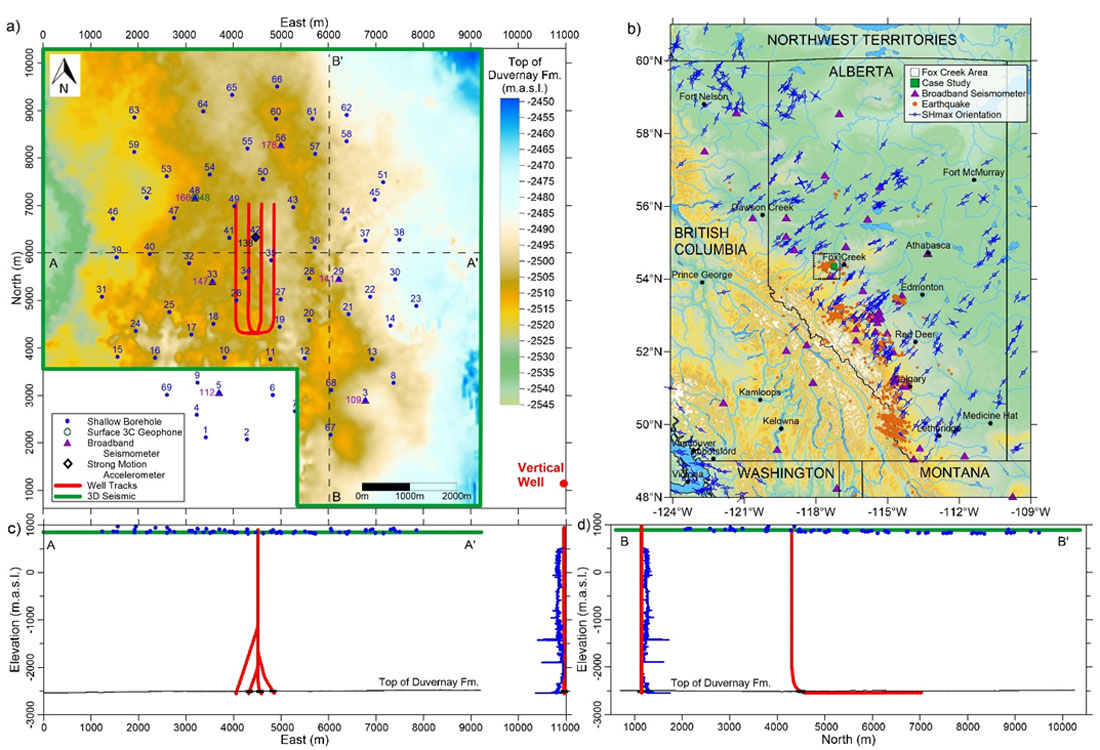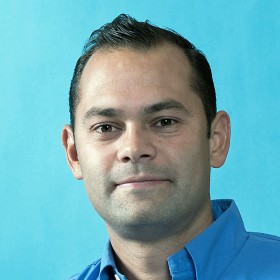Abstract: Reservoir Characterization of a Duvernay-Fox Creek Shale Reservoir using Seismic, Microseismic, and Well Log Data
The Duvernay Formation, located in central Alberta, Canada, is mainly an organic-rich shale that is a source rock for conventional oil and gas reservoirs, and more recently also very attractive for exploitation as unconventional shale plays. The development of these types of plays requires the implementation of unconventional techniques, such as horizontal drilling and hydraulic fracturing, to increase the permeability of the reservoir. To assess the performance of a hydraulic fracturing stimulation, microseismic monitoring can be implemented to track fracture propagation and estimate the effective stimulated reservoir volume. The results of near-surface microseismic mapping, in a case study of a shale reservoir in the Kaybob-Duvernay formation, together with the available 3D seismic and well log data, are assessed to extract key characteristics of the reservoir and to forecast the hydrocarbon productivity after the hydraulic fracturing stimulation.







